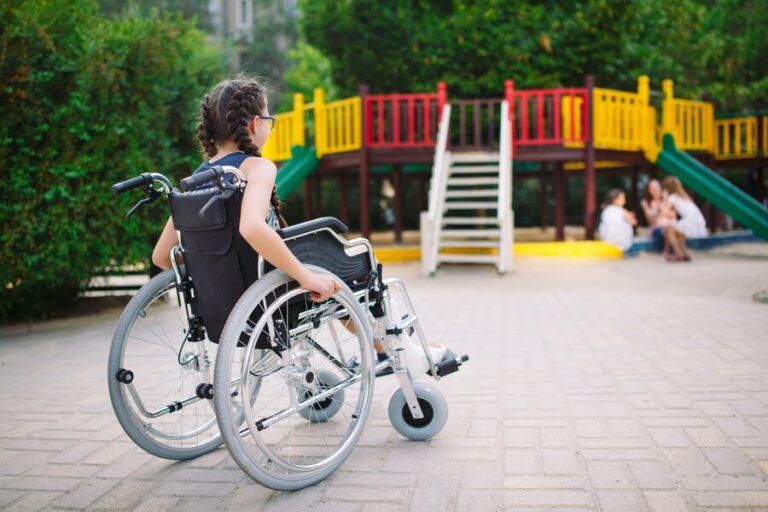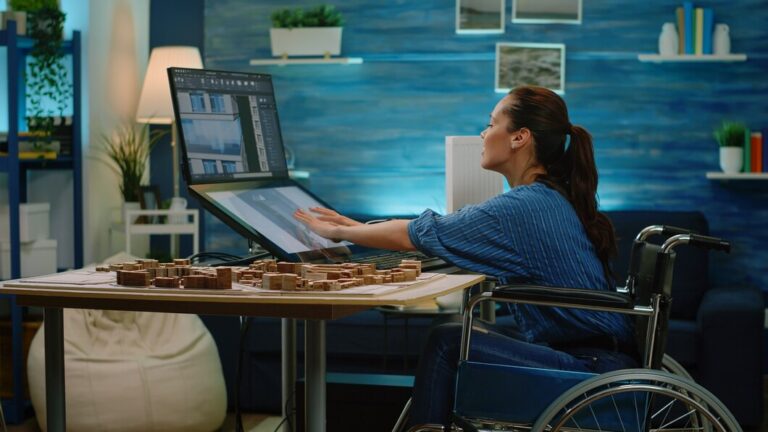Embracing Possibilities: Understanding Cerebral Palsy and Navigating the Journey.
Cerebral Palsy (CP), a neurological disorder affecting movement and posture, is a condition that shapes the lives of individuals and their families. Characterized by impaired muscle coordination and often occurring before, during, or shortly after birth, CP is a diverse spectrum of conditions with unique challenges for each person. In this article, we delve into the complexities of cerebral palsy, exploring its causes, manifestations, and the multidisciplinary approaches to support those affected.
To Know More About It Please Click Here
Understanding Cerebral Palsy
Cerebral Palsy is a group of lifelong conditions that affect muscle control, coordination, and movement due to damage or abnormalities in the developing brain. The brain’s motor areas, responsible for controlling voluntary movements, are impacted, leading to challenges in mobility and posture. CP is not progressive, meaning the damage to the brain does not worsen over time, but its impact on an individual’s life can evolve as they grow.
Key Characteristics and Types
- Spastic Cerebral Palsy: Characterized by muscle stiffness and difficulty in initiating movements, spastic CP is the most common type. It may affect specific limbs (monoplegia), one side of the body (hemiplegia), both legs (diplegia), or all four limbs (quadriplegia).
- Dyskinetic Cerebral Palsy: Individuals with dyskinetic CP experience uncontrolled, involuntary movements and may have difficulty sitting or walking. This type is further classified into athetoid and dystonic CP.
- Ataxic Cerebral Palsy: Ataxic CP primarily affects balance and coordination, making precise movements challenging. Individuals may experience tremors and difficulties with tasks requiring fine motor skills.
- Mixed Cerebral Palsy: Some individuals may present with a combination of spastic, dyskinetic, or ataxic features, leading to mixed cerebral palsy.
Causes and Risk Factors
The root causes of cerebral palsy are often associated with brain damage during pregnancy, childbirth, or early infancy. Factors that can contribute to this damage include:
- Prenatal Factors: Infections, maternal health issues, exposure to toxins, and genetic factors can contribute to brain abnormalities during pregnancy.
- Perinatal Factors: Oxygen deprivation during labor and delivery, premature birth, and complications such as low birth weight may increase the risk of cerebral palsy.
- Postnatal Factors: Traumatic brain injury, infections, and other medical conditions in early infancy can contribute to the development of cerebral palsy.
Multidisciplinary Approaches to Management
- Physical Therapy: Physical therapy plays a crucial role in improving muscle strength, flexibility, and mobility. Therapists work on enhancing gross and fine motor skills, promoting independence.
- Occupational Therapy: Occupational therapists focus on improving activities of daily living, such as dressing, feeding, and writing, to enhance an individual’s functional independence.
- Speech Therapy: Speech therapists assist individuals with CP in developing communication skills, addressing challenges related to speech and language.
- Medical Interventions: Medications, orthopedic interventions, and surgical procedures may be recommended to manage spasticity, alleviate pain, or correct musculoskeletal issues.
- Assistive Devices: Mobility aids, communication devices, and adaptive equipment are essential tools to enhance independence and quality of life for individuals with cerebral palsy.
To Know More About It Please Click Here
Embracing Possibilities
While cerebral palsy presents unique challenges, individuals with CP can lead fulfilling lives with the right support and resources. Early interventions, inclusive education, and a supportive community contribute to creating an environment where those with cerebral palsy can thrive. As awareness grows and research advances, the emphasis shifts from limitations to possibilities, fostering a society that embraces the diverse abilities of all its members.








